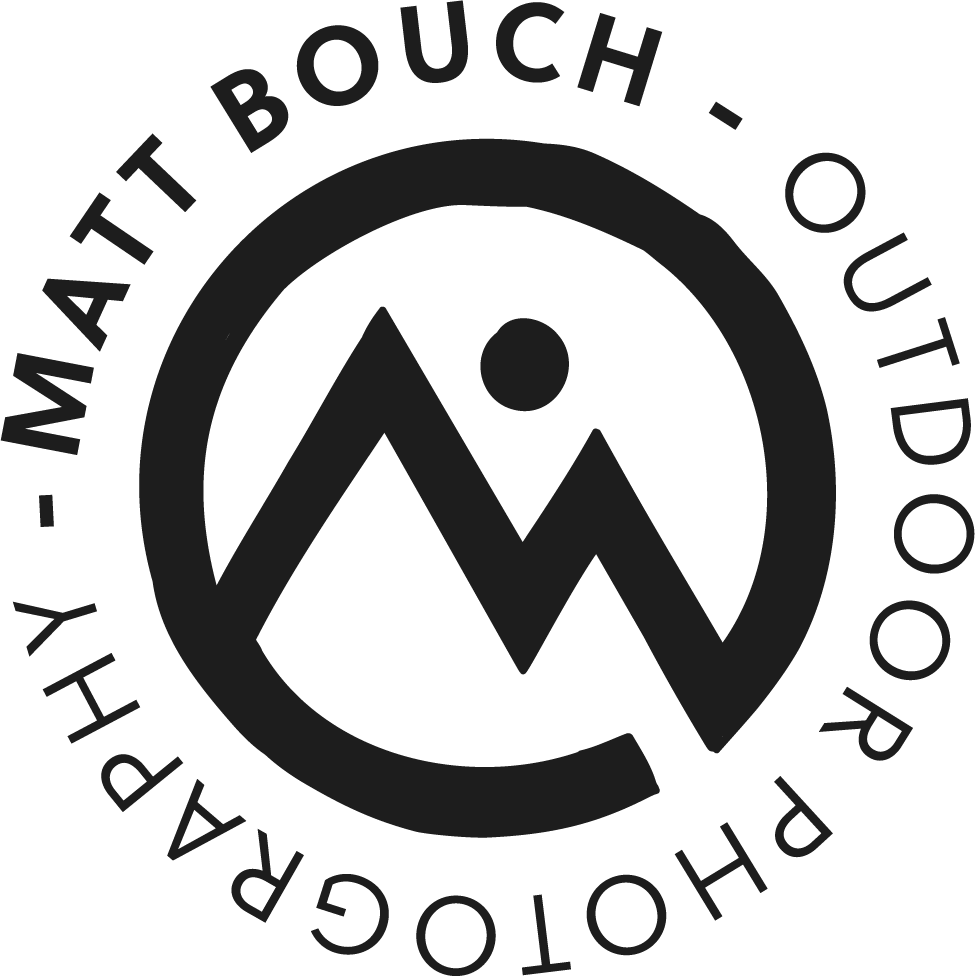8 Tips for a Lighter Backpack
Ramon Mellett makes his way up a snowy Rockeries Pass.
Do you want a lighter hiking backpack? Of course, you do. When moving uphill and over tricky terrain, unnecessary weight is your enemy. And one of the only things less enjoyable than hauling excess bulk is hopelessly sifting through your over-stuffed pack trying to find what you're looking for. The solution is to keep things simple: pack less and pack smarter. In this article, I’ll share 6 tips to help you do both. These are geared toward hikers, but they can be applied to travel and backpacking in general.
Tip 1: Get a smaller backpack
Unless you're on a multi-day traverse, carrying technical climbing gear, or hauling excess camera equipment (like I often do) a 65l backpack should be more than sufficient. As a rule of thumb, you will always fill the backpack you have. So, to pack less get a smaller bag. Immediately, the limited space will force you to evaluate every item you carry. And try to avoid tying excess items to the outside…they accumulate weight quickly.
Tip 2: Write a packing list
Before you start to pack, write a list of the items you need for the trip at hand. I use the Notes app on my iPhone and tick items off as I go. By identifying the essentials before packing you'll have a clear game plan for what needs to go into your bag. This should be as tailored as possible. A coastal hike in the Eastern Cape differs vastly from a mid-winter Drakensberg traverse. Plan, and pack accordingly. For example, I use the Amplify Down Light sleeping bag (0.5kg) for summer trips and the Ice Nino (1.3kg) for colder weather.
Tip 3: Only pack the essentials
Before anything goes into your backpack, ask yourself, “What’s the worst that can happen if I leave this at home?” Nervousness and inexperience have a way of manifesting themselves as excess stuff in our packs; items we worry profusely about not having, but seldom use. Will you survive without those extra pairs of socks? More than likely. Do you really need that third camera lens? Probably not. On the other hand, is that rain jacket essential? Well, yes, that's vitally important. As is chocolate, you can never have enough snacks. So, pack the essentials and ditch the rest.
Unless you’re a shepherd, this isn’t recommended.
Tip 4: Invest in the lightweight and high quality
From your backpack to your boots, through to your camera gear and clothing, without sacrificing function or durability, invest in the lightest gear you can. On the trail, lightweight is the right weight. This often means spending a bit more money upfront, but I assure you, you won’t regret it. Spend your money wisely, on lightweight gear from reputable brands.
Tip 5: Weigh and compare
Every gram counts. Strange then, that so few people know what the items in their backpacks actually weigh. Use a scale to weigh your current setup, figure out where the weight is coming from, and then investigate alternatives. Bulky jackets, chunky sleeping bags, and indulgent food items are common culprits. As a landscape photographer, I am particularly aware of the weight that camera gear adds, which is why I opt for superzoom lenses and carbon fibre tripods.
A spreadsheet from 2020, listing all the gear I would be taking on a year long trip to the Andes.
Tip 6: Make things multi-purpose
There will always be specialist gear that serves a single purpose: boots, climbing shoes, a camera etc. But where possible, identify items that can do more than one thing. The more roles an item fills, the better. A down jacket inside a stuff-sack makes a great pillow. A cooking pot doubles as a bowl. Socks can protect lenses and small cameras, and a spork is a wonderful amalgamation indeed. The more roles an item fulfils, the more it earns a place in your backpack.
Tip 7: Take just enough and no more
Consumable items often come in quantities greater than you’ll use. So remove items for their store bough packaging, and take just the right amount. You don't need a full box of plasters for a 2-day hike; 4-5 plasters will suffice. Decant sunblock into a smaller tube (old film canisters are my go-to). Measure out oats, instant coffee, nuts, biltong etc into ziplock bags, with amounts rationed for the trip. These small wins seem insignificant, but in the mountains, every gram counts.
Tip 8: Share the load
When hiking in groups, it makes sense to share the load where possible. Things like pots, gas bottles, spices, tents and so on, can to varying degrees all be shared, thereby lightening everyone's load. This often works better with close friends or partners, than with strangers. Just be sure to discuss this ahead of time, and ensure there's enough to go around. Don't be the one that 'forgets' their stuff, only to pipe up at camp with the, "Umm, hey guys, can I borrow your gas bottle?”
Remember, practice makes perfect.
Yvon Chouinard, the founder of Patagonia, sums it up beautifully: "The more you know, the less you need”. Packing is a skill, and the more you do it, the better you'll get. In years to come, you'll look back on previous trips - and the nightmarish loads you lugged around - and smile about how far you've come. I once hiked with an umbrella (no jokes). Try new things, experiment, ask your fellow hikers how they've packed their bags, and evaluate what you used and didn’t use after each hike.
Happy hiking.



